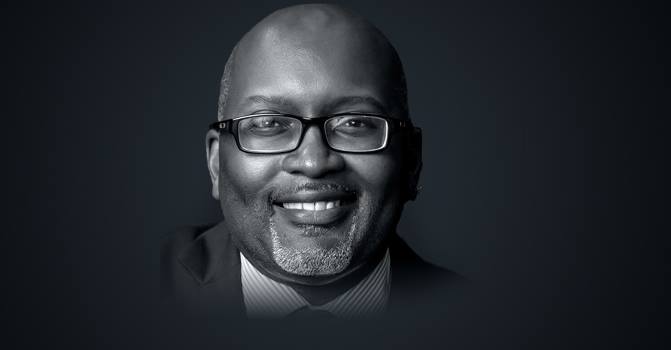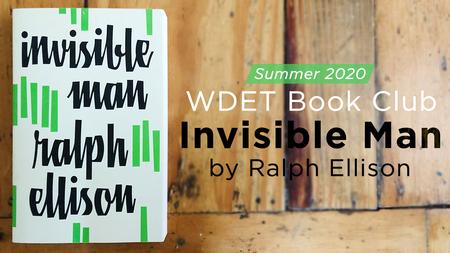NPR TV Critic Eric Deggans Talks Ebbs and Flows of Black Representation in Media
“Lack of diversity and oppression is what hurts TV the most. When you lift the oppression, the quality of the stories goes way up.”

WDET’s Book Club is back for a third year, and this summer’s selection is Ralph Ellison’s “Invisible Man,” a formative work of the 20th century and winner of the U.S. National Book Award for Fiction in 1953.
Detroit Today’s Stephen Henderson and readers will discuss the novel weekly on-air and online in the WDET Book Club Facebook community. You can follow along by reading three to four chapters a week until the end of August.
Click on the audio player above to hear NPR TV critic and “Race Baiter” author Eric Deggans talk about Black representation in media with Stephen Henderson on Detroit Today.
In this conversation, we speak with NPR TV critic Eric Deggans, author of the book “Race Baiter: How the Media Wields Dangerous Words to Divide a Nation.”

Discussion Points
Deggans says television has gone through many phases when it comes to representing Black characters and telling authentic Black stories. He says there was a major shift between the 1960s and ’70s in how shows depicted Black and Brown characters.
“To understand what happened in the ’70s, you have to understand what happened in the ’60s,” says Deggans.
“TV was largely escapist. We had shows like ‘The Andy Griffith Show’ and ‘Petticoat Junction.’“
“We get to the ’70s and there’s a real sense that TV has to get more realistic and more authentic,” he continues. “And Norman Lear kind of pioneered that with ‘All In The Family.’“
Deggans says television has come a long way since then, especially on the fictional side of TV.
“The fact that 30% of Emmy nominees in major categories were Black people is a sign that there is so much more out there,” he notes.
TV is just better when there is more diversity and the stories you tell are authentic, he says.
“Lack of diversity and oppression is what hurts TV the most,” Deggans says. “When you lift the oppression, the quality of the stories goes way up. When you add diversity, you add a chance to challenge these narratives that we’ve all gotten used to. It gives us something fresh that feels authentic.”
Keep the Conversation Going
Respond on Facebook to this week’s prompt about Chapter 18.
What do you make of the narrator’s response to Brother Tarp’s leg chain link? How does it compare to the shackle on Beldsoe’s desk earlier in the book?
Further Listening
Author Colson Whitehead on “The Nickel Boys,” “Invisible Man,” and Racial Inequity
“The Yellow House” Author Sarah Broom On Ritual, Home and Careful Placemaking
“White Rage” Author on Racial Justice and Ralph Ellison’s “Invisible Man”
Rev. Jim Wallis on “America’s Original Sin” and Ellison’s “Invisible Man”
WDET Book Club: “Invisible Man,” Black Lives Matter and the Politics of Ralph Ellison
WDET Book Club: Author JM Holmes on “Invisible Man” and Identity
